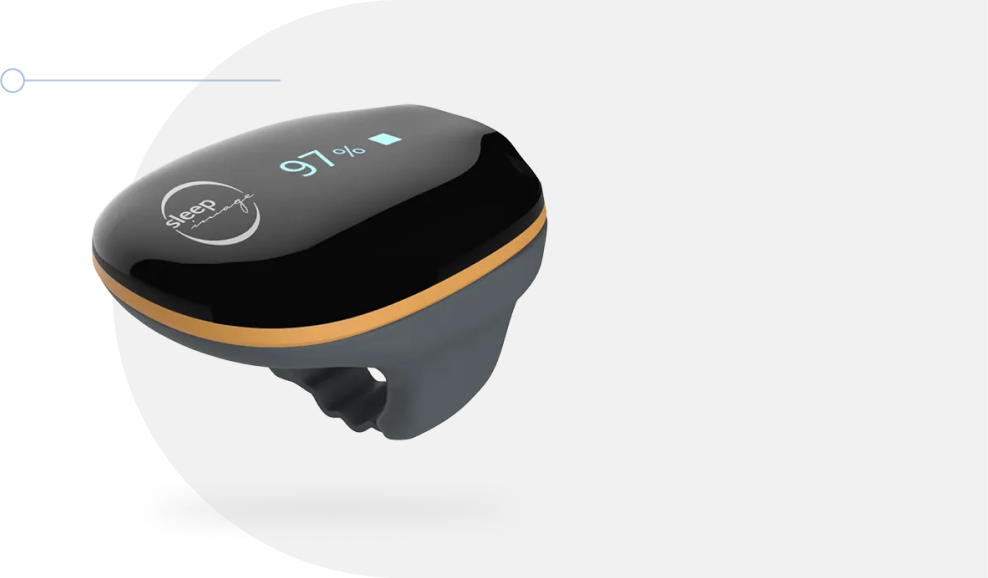Sleep apnea is a common but serious sleep disorder where breathing repeatedly stops and starts during sleep. This interruption can last from a few seconds to minutes and can occur multiple times during the night. While sleep apnea affects people of all ages, it can be particularly harmful to children’s brain development, leading to significant long-term consequences.
What Causes Sleep Apnea?
Sleep apnea occurs when the muscles at the back of the throat relax too much to allow normal breathing. This can cause the airway to narrow or close, leading to pauses in breathing. Obstructive sleep apnea (OSA) is the most common type, which occurs when the airway is blocked. Other factors contributing to sleep apnea include obesity, enlarged tonsils, or a family history of the disorder.
Impact on Brain Development
The brain requires a consistent supply of oxygen to function correctly, especially during sleep, when critical processes like memory consolidation, learning, and cognitive function development occur. Sleep apnea disrupts this oxygen flow, leading to fragmented sleep and insufficient oxygen levels (hypoxia). For children, whose brains are still developing, this can have severe consequences.
- Cognitive Impairment: Lack of proper oxygenation during sleep can lead to difficulties in concentration, memory, and learning. This may manifest in poor academic performance and behavioral issues.
- Emotional and Behavioral Issues: Chronic sleep apnea in children can lead to increased irritability, mood swings, and anxiety. The stress caused by frequent awakenings and lack of restorative sleep can hinder emotional regulation.
- Delayed Brain Development: Studies have shown that children with untreated sleep apnea may experience delays in cognitive and brain development. This includes reduced gray matter volume in areas of the brain responsible for attention, memory, and problem-solving.
Diagnosing and Managing Sleep Apnea
Early diagnosis and intervention are crucial in mitigating the effects of sleep apnea on brain development. One effective way to diagnose sleep apnea is through a home sleep study device. These devices are designed to monitor breathing patterns, oxygen levels, and other vital signs while the child sleeps in their own home environment. This method is less intrusive and more comfortable than traditional sleep studies conducted in a lab.
Using a home sleep study kit allows parents to monitor their child’s sleep in a familiar setting, making it easier to obtain accurate results. The data collected can help healthcare providers diagnose sleep apnea and recommend appropriate treatment, such as continuous positive airway pressure (CPAP) therapy, lifestyle changes, or surgical interventions if necessary.
Conclusion
Sleep apnea is more than just a sleep disorder; it poses a significant risk to the brain development of children. By utilizing modern tools like home sleep study equipment, parents and healthcare providers can ensure early detection and intervention, minimizing the potential long-term effects on a child’s cognitive and emotional health. Early treatment not only improves sleep quality but also safeguards a child’s developmental trajectory, ensuring a healthier, brighter future.
